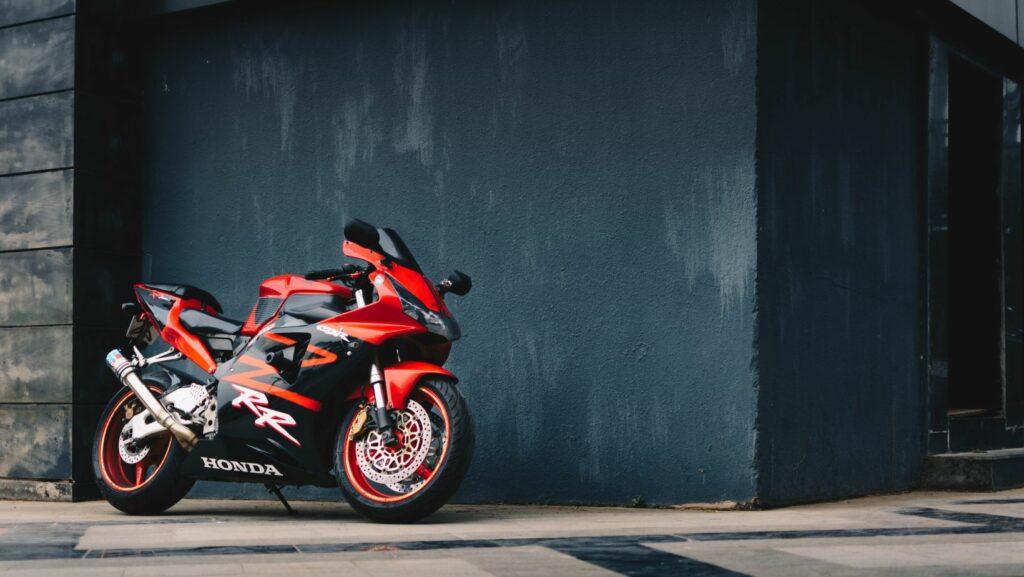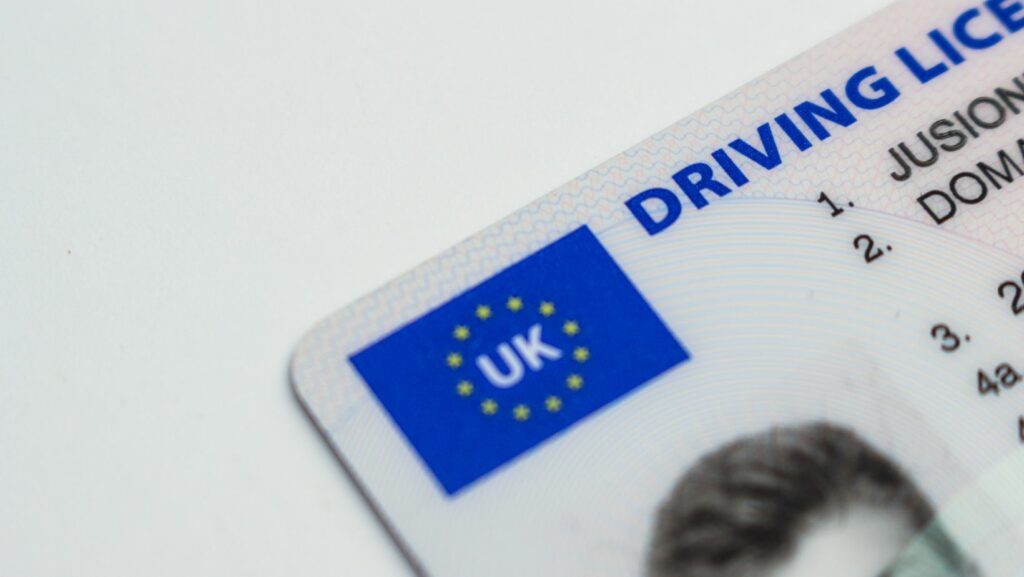
Honda Motorcycle Carburetor
Let’s dive into the fascinating world of Honda motorcycle carburetors. It’s a key player in your bike’s performance and understanding its role can ramp up your riding experience.
The carburetor, affectionately known as the “carb,” is responsible for mixing air and fuel in proper proportions. Think of it as the kitchen of your Honda motorcycle, where all ingredients are perfectly blended to create an explosive mix ready to power your ride. The ‘chef’, in this case, is a complex system involving jets, throttles and floats that work synchronously to achieve optimal balance.
- Jets control the amount of fuel entering the system.
- Throttles regulate how much air gets mixed with fuel.
- Floats maintain constant fuel level inside the carb.
Now, here’s where it gets interesting. Your Honda’s carb doesn’t just randomly mix air and fuel; it adjusts according to your throttle input. When you twist that grip, you’re telling the carb how much power you need – more gas for higher speeds or less when cruising around town.
But what happens if things go off-balance? If there isn’t enough gas (a condition known as “running lean”), we’ll lose power and risk damaging our engine. Too much gas (“running rich”) wastes fuel and could cause rough idling or even flooding. That’s why maintaining proper calibration is crucial for efficient operation.
We hope this has clarified some aspects about our hardworking little friend under the hood! Remember: knowledge about these components results in smoother rides, lower repair costs over time and ultimately makes us better motorcyclists overall!

The Inner Workings of Your Bike’s Carburetor
Peeking under the hood, we’ll find that your bike’s carburetor is a marvel of engineering. This power-packed component plays a pivotal role in your motorcycle’s performance as it controls the ratio of air and fuel mixture that goes into the engine. Fundamentally, it’s all about balance. The carburetor ensures just the right amount of fuel mixes with air so combustion is efficient.
We’ve often found folks asking – what exactly happens inside this nifty device? Well, it starts when you turn on your bike. Fuel flows from the tank to the float bowl in the carburetor. The rising level of fuel prompts a small valve to close off further supply. When you throttle up, more air flows through an opening called venturi creating a pressure difference.
This variation causes fuel to be drawn up from the float chamber and atomized into tiny droplets which mix with incoming air. It’s fascinating how each segment works together seamlessly for optimal function.
Your Honda motorcycle most likely has one of two types: Constant vacuum or slide type carbs are common in street bikes while older models may sport piston type carburetors.
- Constant Vacuum Carbs: Here pressure difference acts on a diaphragm linked to needle valve controlling main jet size.
- Piston Type Carbs: In these, piston movement directly regulates main jet size.
In both cases remember tuning may be necessary for peak performance depending upon factors like altitude changes or heavy-duty usage. So next time you rev up your Honda, spare a thought for this key player ensuring every ride runs smoothly!



